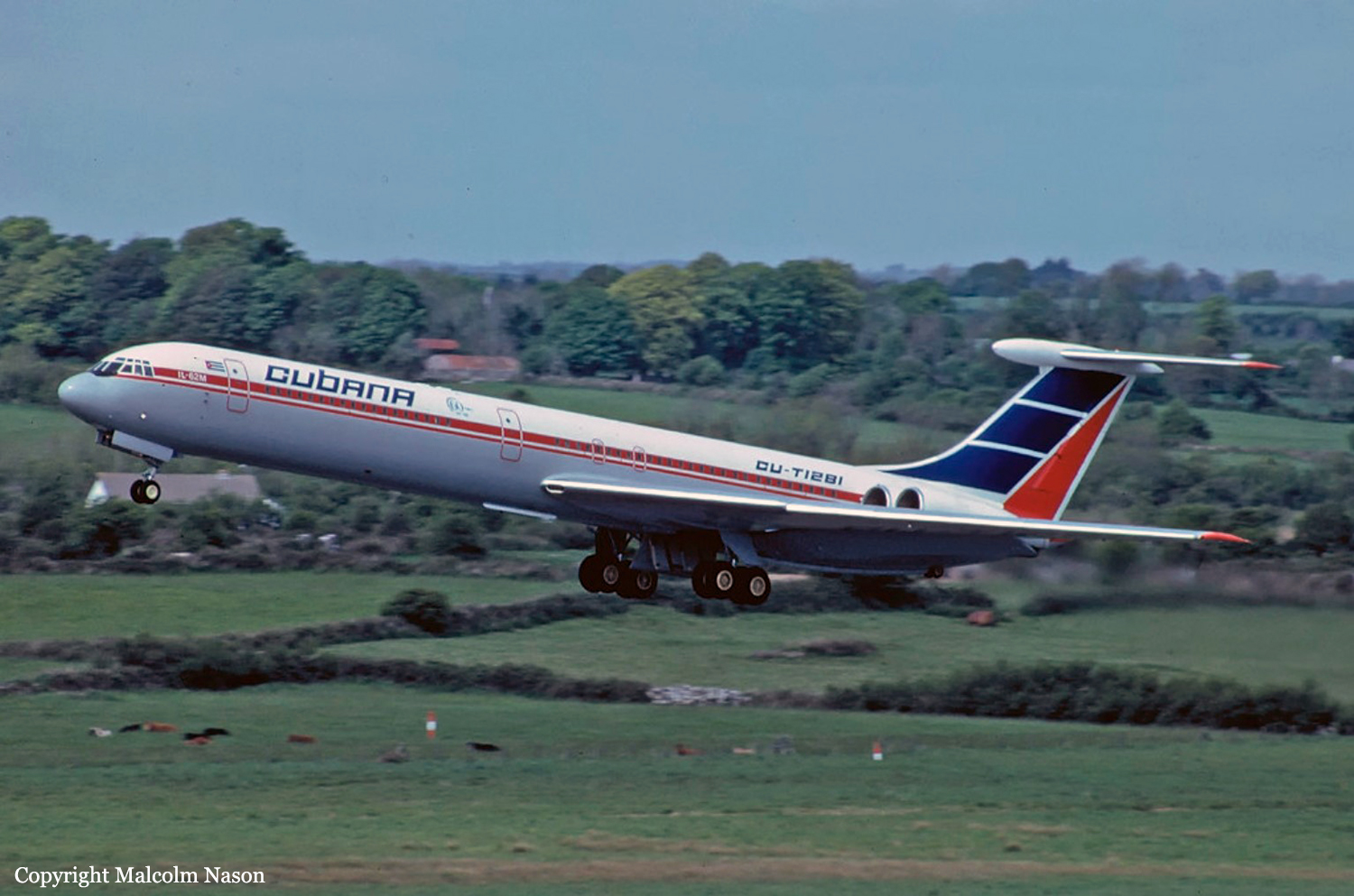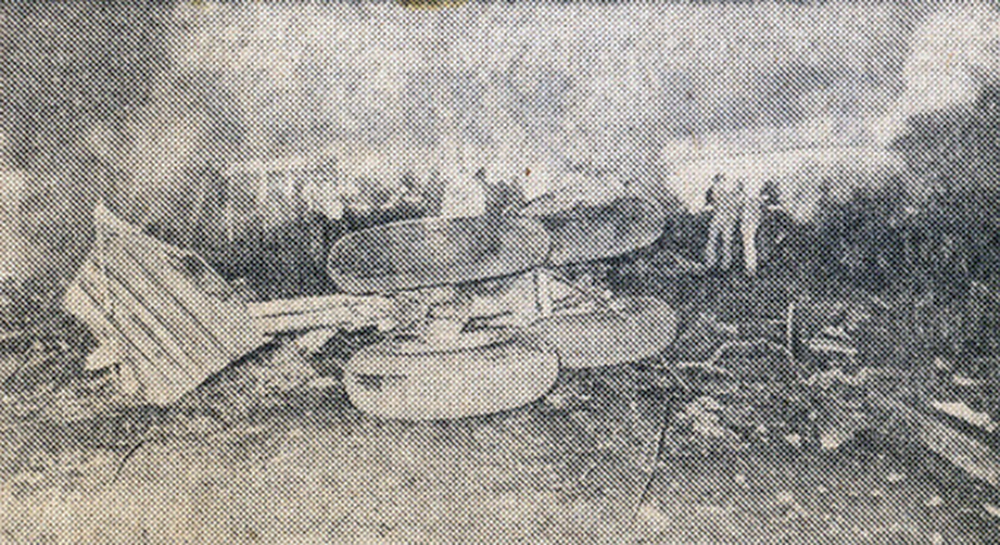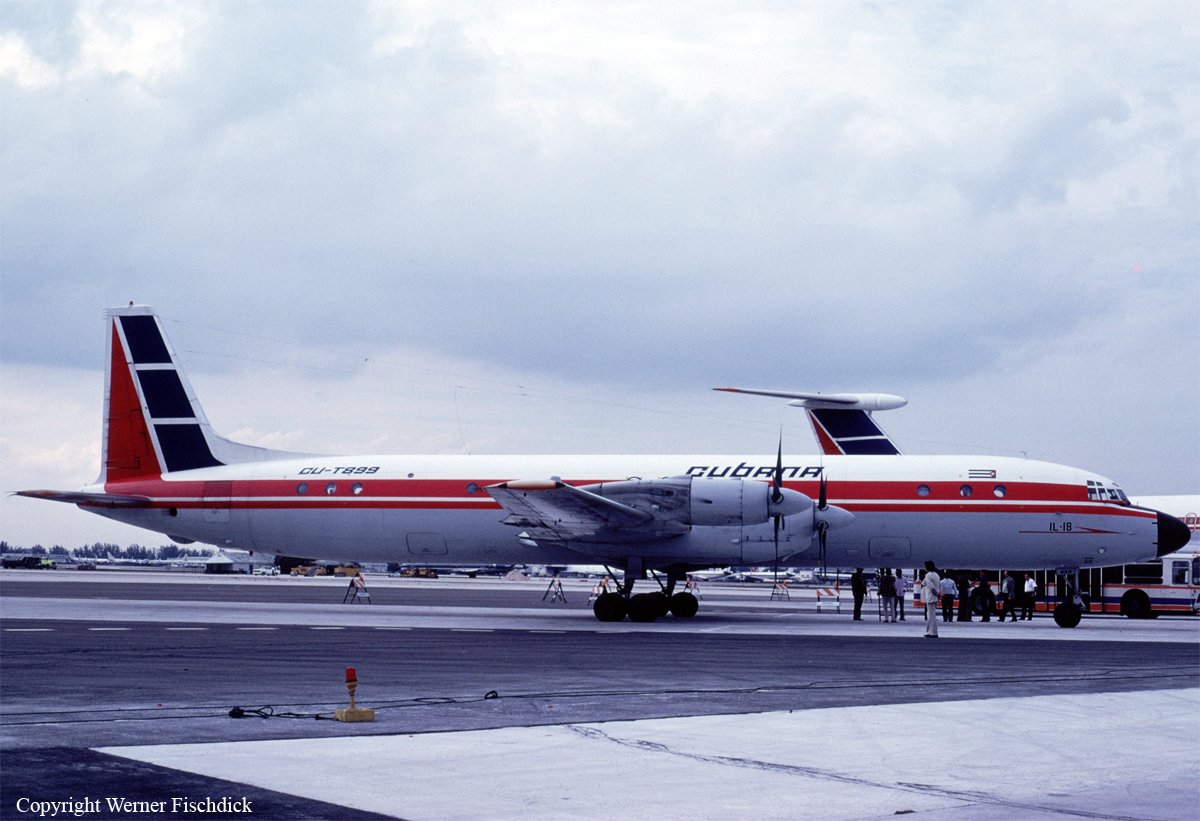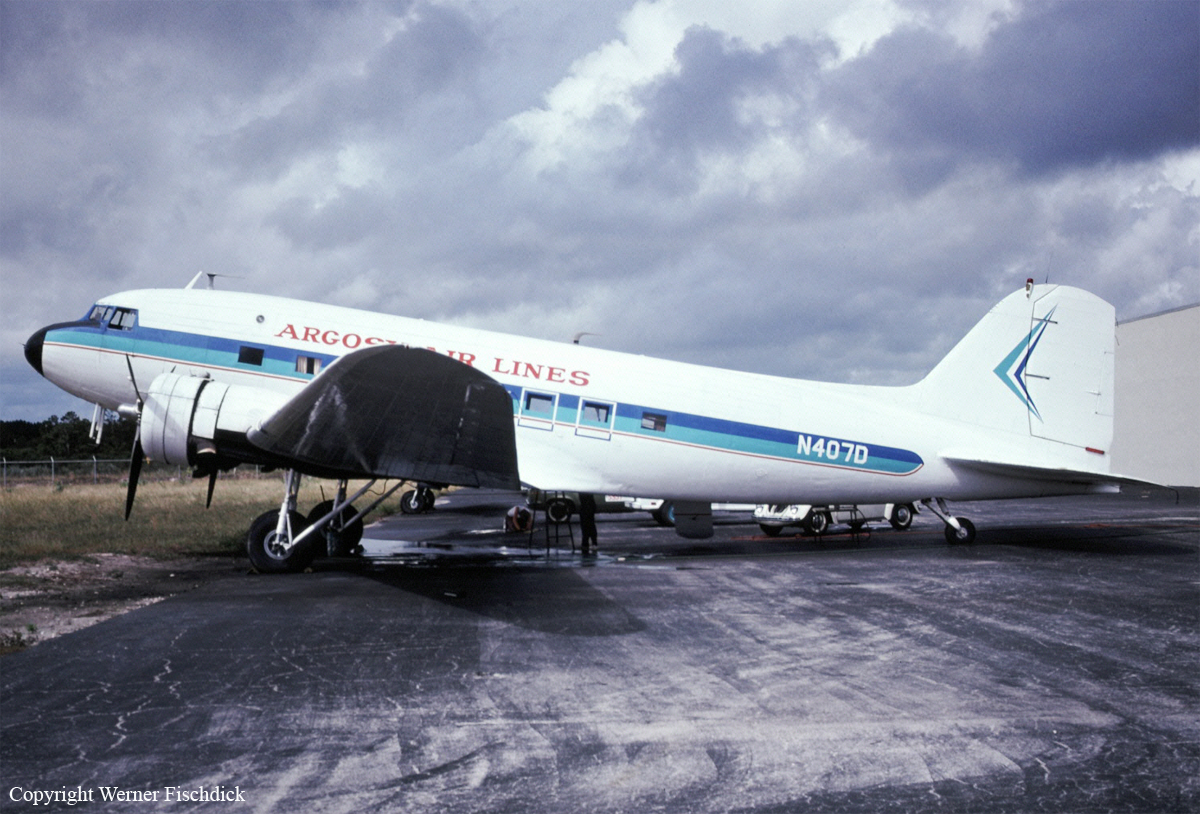Crash of an Antonov AN-26 in Santiago de Cuba: 4 killed
Date & Time:
Mar 23, 1990
Registration:
CU-T1436
Survivors:
Yes
Schedule:
Santiago de Cuba - Havana
MSN:
87307406
YOM:
1978
Flight number:
CU7406
Crew on board:
5
Crew fatalities:
Pax on board:
41
Pax fatalities:
Other fatalities:
Total fatalities:
4
Circumstances:
During the takeoff roll, at V1 speed, the captain decided to abandon the takeoff procedure for unknown reasons. He reduced engine power and initiated an emergency braking maneuver. At a distance of 150 meters from the runway end, he realized he could not stop the airplane in time so he veered off runway to the left. The aircraft went into a grassy area, rolled for few dozen meters then plunges in a ravine, bursting into flames. Four passengers were killed while 17 other occupants were injured.








